Olive trees thrive in Florida, especially with the state’s lush greenery and Florida’s climate that provides an ideal environment for these hardy trees. If you’re thinking about adding olive trees in Florida garden, you’ll be glad to know they flourish with the right care and conditions. The key is selecting the best types of olive trees that can handle the subtropical weather. With some attention to olive tree care and consistent watering, you can expect a delectable fruit harvest in your own backyard.
In addition to the right variety selection, nurturing the trees is essential for ensuring they thrive. By understanding the needs of your trees and staying informed about the best practices for olive cultivation, you’ll be on your way to creating a successful olive tree garden. Proper care and maintenance will lead to long-term success, ensuring your trees continue to grow strong and produce fruit year after year. Knowledge about how to properly care for olive trees will certainly help you enjoy their beauty and benefits for years to come.
How Are Olive Trees Cultivated in Florida?
Olive trees are well-suited for Florida due to its warm climates, which mimic the Mediterranean region, where they naturally grow. These trees thrive in dry climates and can handle mild winters and hot summers.
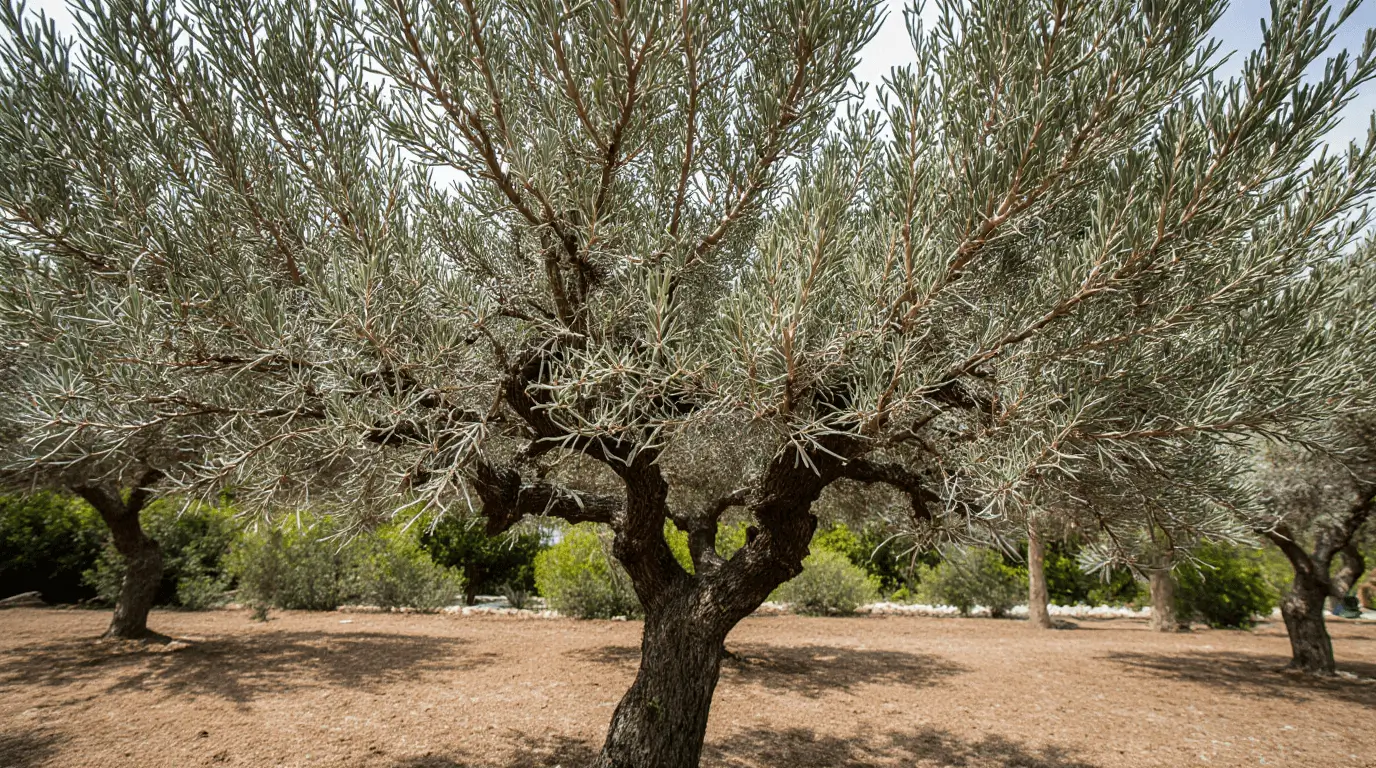
They are cultivated in regions with ideal climate conditions and soil conditions, similar to areas like the Middle East, North Africa, California, and Australia. With proper care and a detailed step-by-step guide, growing olive trees in Florida can lead to a fruitful harvest. These trees, known for their resilience, flourish with the right cultivation techniques, making them an excellent addition to Florida gardens.
1. Select the Appropriate Type
When growing olive trees in Florida, it’s crucial to choose the appropriate type to ensure they can survive in Florida’s environment. For example, the Mission olive tree is a hardy cultivar that can withstand lower temperatures and is often cultivated in the state. Another great choice is the Arbequina olive tree, known for its ability to tolerate various growing conditions. It’s important to make sure that the olive tree climate matches the weather conditions in your area, as this will help your type of tree thrive. Keep these factors in mind when choosing the right tree for your garden.
2. Planting
When planting an olive tree, you can either choose to place it in a container or directly in the ground. If using a container, make sure it’s large enough to accommodate the root system and has drainage holes at the bottom for proper water flow. For planting in the ground, the hole should be twice the size of the root ball and the same depth. Once placed, backfill the hole with dirt and compress it around the roots to ensure stability. Choose a spot that has good drainage and receives plenty of sunlight. Olive trees need at least six hours of daily sunshine to reach their full capacity, so make sure they are exposed to sunlight for most of the day.
Read Also: 7 Secrets to Growing Eucalyptus in Florida Fast
3. Watering
Olive trees require consistent watering to ensure their survival, as they have low drought tolerance. It’s important to irrigate them once a week, thoroughly wetting the soil to a depth of about 15 cm. Be careful not to overwater the tree, as too much water can harm it.
Read Also: Troubleshoot Common Fruiting Issues
4. Pruning and Maintenance
To keep olive trees healthy and strong, they should be trimmed regularly to maintain form and encourage the development of new branches.
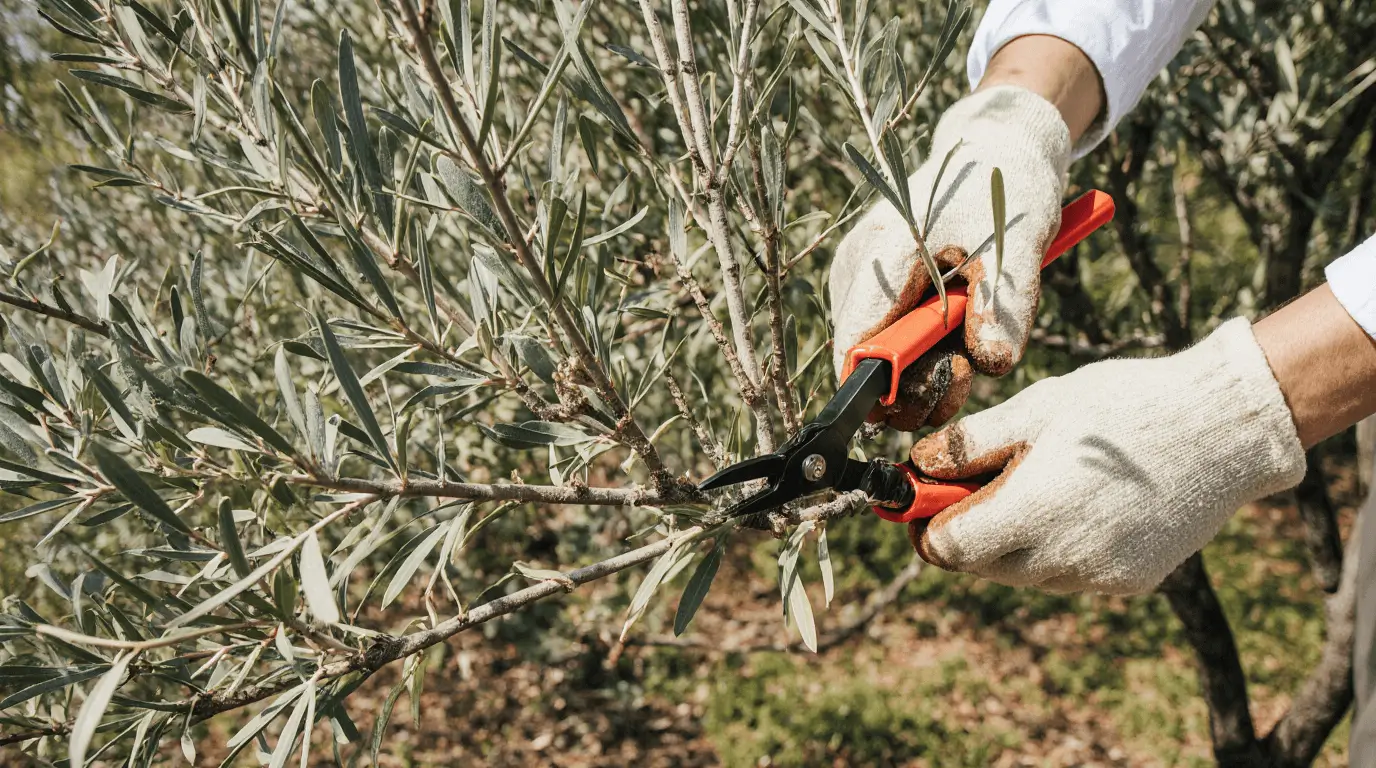
During winter or early spring, remove sick branches, injured branches, and crossing branches. Since olive trees are sensitive to the cold, it’s important to provide shelter from subfreezing temperatures. If the temperature is expected to dip below zero, wrap the tree in burlap or a frost blanket to protect it.
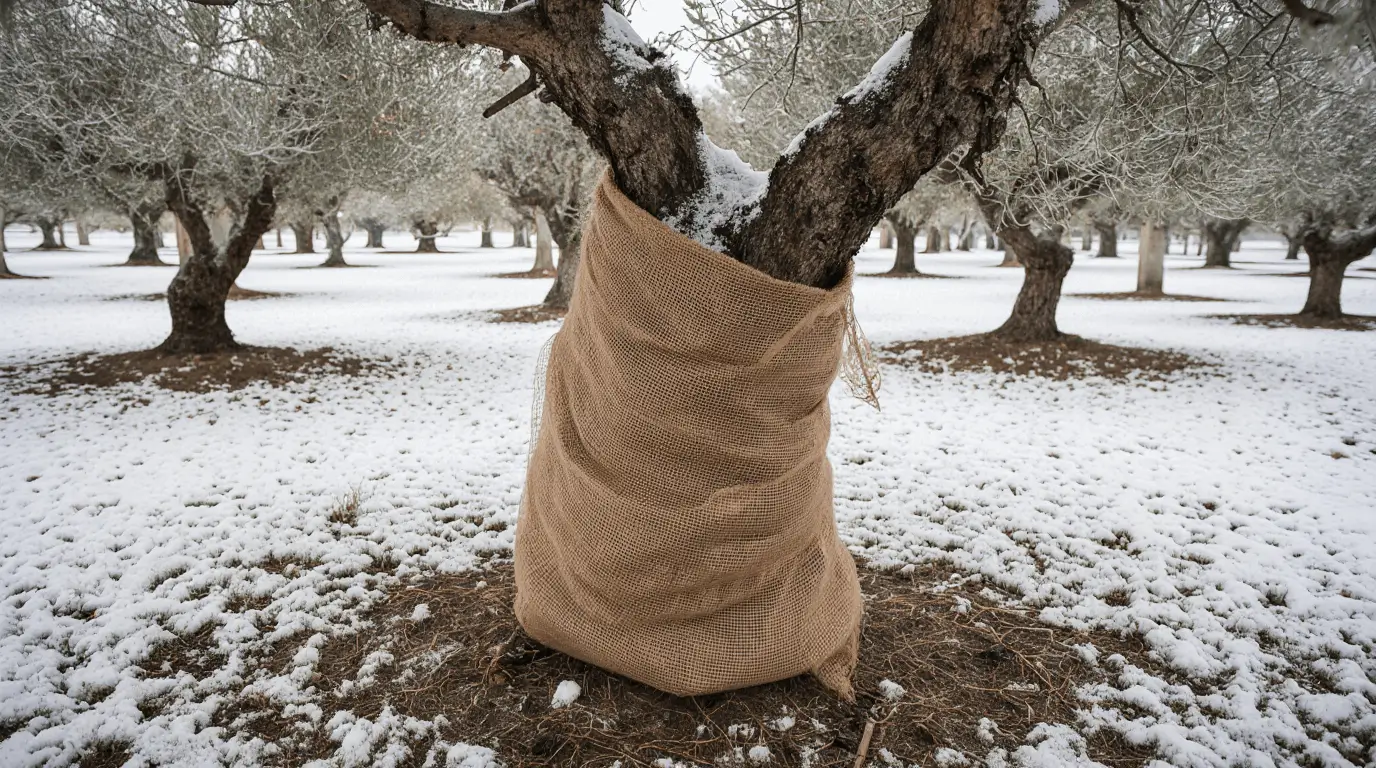
Read Also: Tree Insect Management
Conclusion
Proper pruning and maintenance of olive trees are essential for their health and productivity. Regularly trimming to promote new branches and protecting them from the cold are key factors in ensuring they thrive in your garden. By following these simple steps, you can enjoy a healthy and fruitful olive tree for many years.
Read Also: 7 Secrets to Growing Cashew Trees in Florida | Expert Tips
Disclaimer
The information provided in this article is intended for general guidance on pruning and maintenance of olive trees. Results may vary depending on the specific conditions of your garden. Always consider local climate and expert advice before implementing care routines for your trees.
FAQs
- How often should olive trees be pruned?
Olive trees should be pruned at least once a year, typically during winter or early spring, to encourage healthy development and remove any sick, injured, or crossing branches. - What is the best way to protect olive trees from cold temperatures?
If olive trees are exposed to subfreezing temperatures, cover them with burlap or a frost blanket to prevent damage. This is especially important when temperatures dip below zero. - Can olive trees survive in cold climates?
Olive trees are sensitive to the cold. They require proper shelter from subfreezing temperatures and may not survive in extremely cold climates without protection.

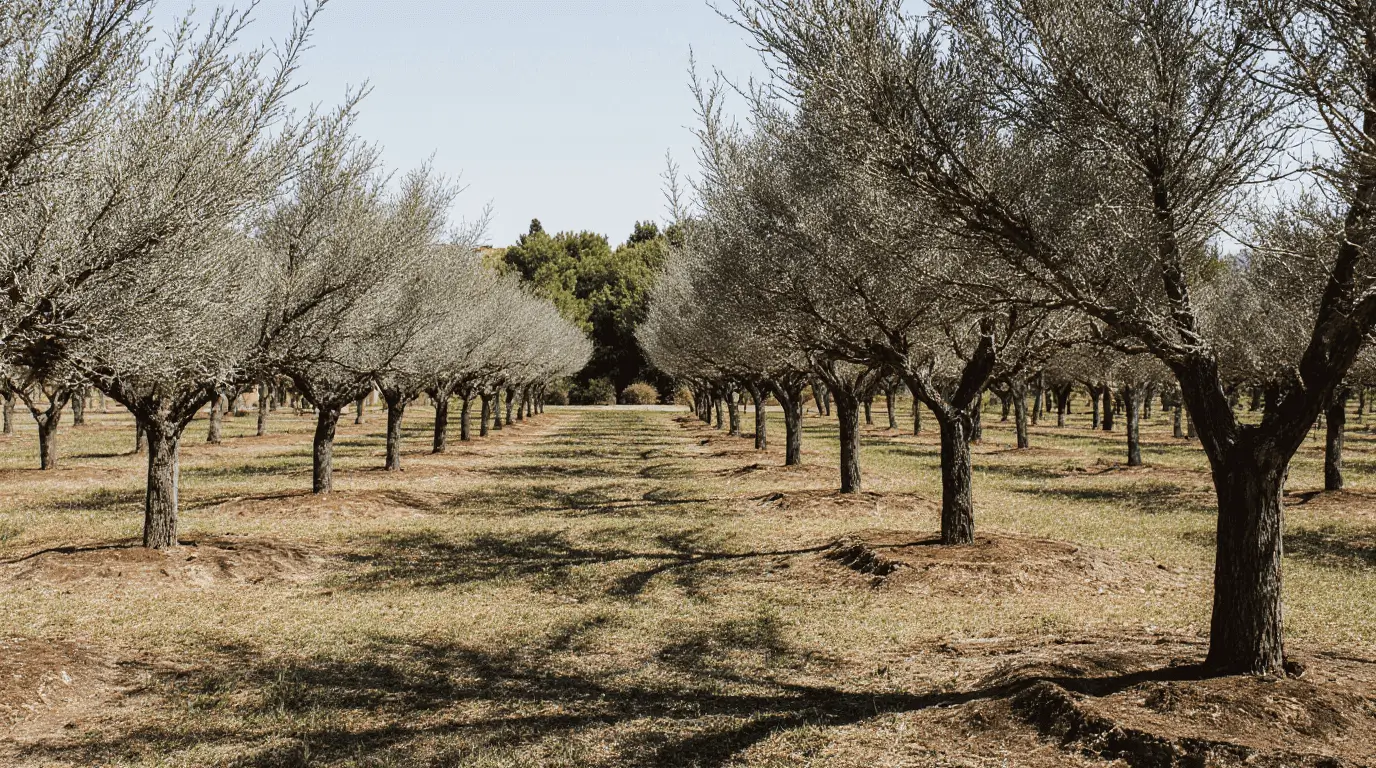

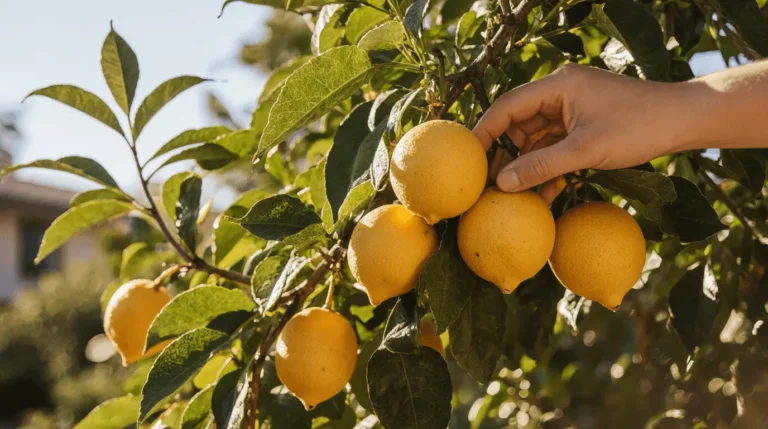

[…] olive trees in Florida, Jamaican cherry trees also love sunlight and well-draining soil for strong […]